EU declaration conformity
Warm air heater controller | 5 A
Product description
This is a 5-step fan speed controller designed for single-phase motors in warm air heaters. It operates using an external PT500 temperature probe and autotransformer technology for quiet speed adjustment.
The controller has both heating and cooling modes.
Fan speed can be set manually or adjusted automatically based on temperature, with an unregulated 230 V AC output for controlling devices like hot water valves. The unit has a supply voltage of 230 V AC and a maximum combined current of 5 A.
It is housed in an IP54-rated plastic enclosure suitable for indoor surface mounting.
Documents
Additional specifications and description
Heating or cooling?
This 5-step fan speed controller requires an optional PT500 temperature probe to measure ambient temperature. In heating mode, the fan is activated when the measured temperature drops below the set temperature. When the measured temperature is higher than the selected temperature, the fan is deactivated. In cooling mode, the functionality is inversed. Via a jumper, heating mode or cooling mode can be selected.
How is the ambient temperature measured?
Ambient temperature is measured via the PT500 temperature sensor. This temperature sensor is available in different enclosure types. PT500 temperature sensors are platinum resistance thermometers. Their output resistance value changes according to the measured temperature. At 0 °C a PT500 sensor has a resistance value of 500 Ohm. When the measured temperature increases, the output value increases. However, the cable of these sensors also has a resistance value. The longer the cable, the higher the resistance value. Excessively long cable lengths will therefore might influence the measured temperature. Therefore, it is advisable to keep cable lengths of this type of sensors limited. The longer the cable length, the higher the risk of faulty measurements and inaccuracies.
How is the ambient temperature measured?
Ambient temperature is measured via the PT500 temperature sensor. This temperature sensor is available in different enclosure types. PT500 temperature sensors are platinum resistance thermometers. Their output resistance value changes according to the measured temperature. At 0 °C a PT500 sensor has a resistance value of 500 Ohm. When the measured temperature increases, the output value increases. However, the cable of these sensors also has a resistance value. The longer the cable, the higher the resistance value. Excessively long cable lengths will therefore might influence the measured temperature. Therefore, it is advisable to keep cable lengths of this type of sensors limited. The longer the cable length, the higher the risk of faulty measurements and inaccuracies.
Manual or automatic fan speed selection?
Via the rotary switch, fan speed can be set manually. If 'Auto' is selected, the fan speed will automatically increase in 5 steps as the ambient temperature drops below the selected temperature. The higher the difference, the higher the fan speed will be. In cooling mode, fan speed will increase if the measured temperature exceeds the selected temperature (Auto mode).

How does the unregulated output operate in heating and cooling modes?
In heating mode, the unregulated output is activated when the ambient temperature is lower than the selected temperature. In cooling mode, the operation is inversed. In this application, the unregulated output controls the hot water supply valve (heating mode). The unregulated output is either ON (230 VAC) or OFF (0 VAC). The maximum current of the unregulated output is 2 A (resistive loads).
In heating mode, the unregulated output is typically used to control a water valve to regulate the flow of hot water or a relay to activated an electric heater. The unregulated output is activated simultaneously with the fan. When the fan runs, the heater is activated.
In heating mode, the unregulated output is activated when the ambient temperature is lower than the selected temperature. In cooling mode, the operation is inversed. In this application, the unregulated output controls the hot water supply valve (heating mode). The unregulated output is either ON (230 VAC) or OFF (0 VAC). The maximum current of the unregulated output is 2 A (resistive loads).
In heating mode, the unregulated output is typically used to control a water valve to regulate the flow of hot water or a relay to activated an electric heater. The unregulated output is activated simultaneously with the fan. When the fan runs, the heater is activated.
What is the technology?
Autotransformer technology is used to reduce the motor voltage and the fan speed in 5 steps. This controller is therefore only suitable for voltage controllable motors. If you are not sure whether your motor is voltage controllable, it is best to contact the motor manufacturer. Autotransformer technology is very reliable and robust. It generates a motor voltage with perfect sinusoidal shape. This results in exceptionally quiet motor operation and extended service life. A special impregnated coating reduces the electrical noise from the autotransformers.
Why is the enclosure durable?
Make sure that the fan speed controller can cool sufficiently. Preferably install it in a dry, cool place, best not in direct sunlight. The enclosure is designed and manufactured in-house. We use high-quality r-ABS VO (UL94) plastic. This material is flame extinguishing, very tough and offers good protection against impacts. It offers an IP54 protection against ingress dust and water. This fan speed controller can be installed on a wall or panel indoors.

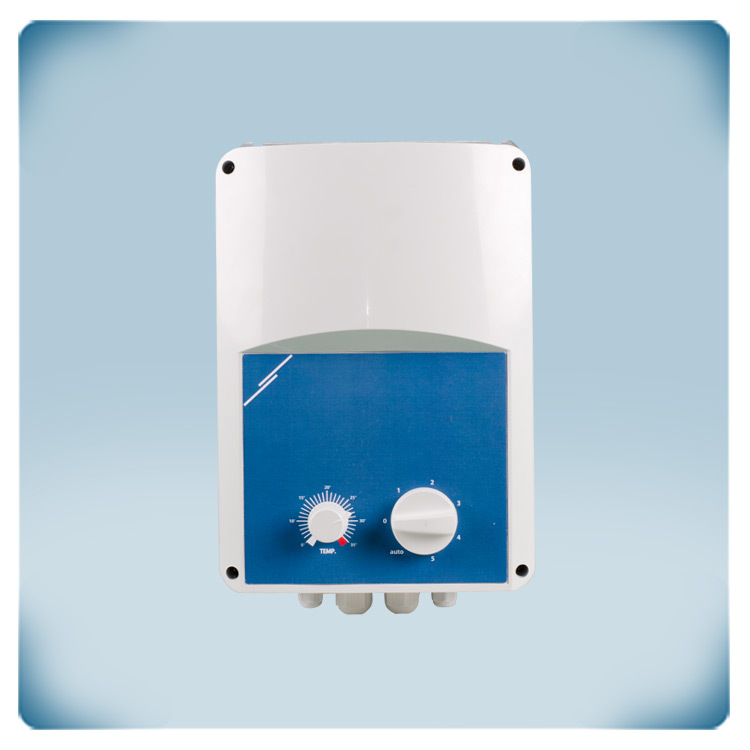
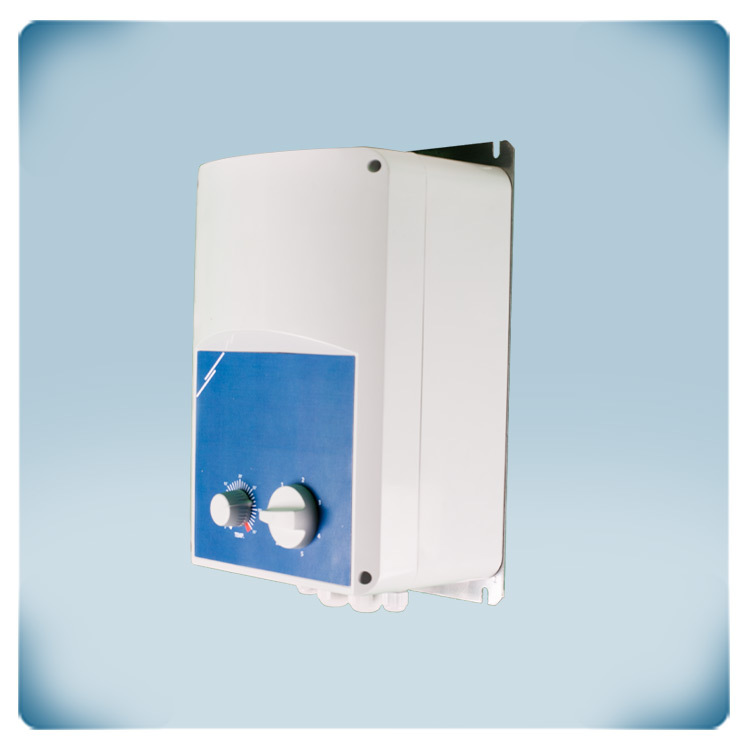
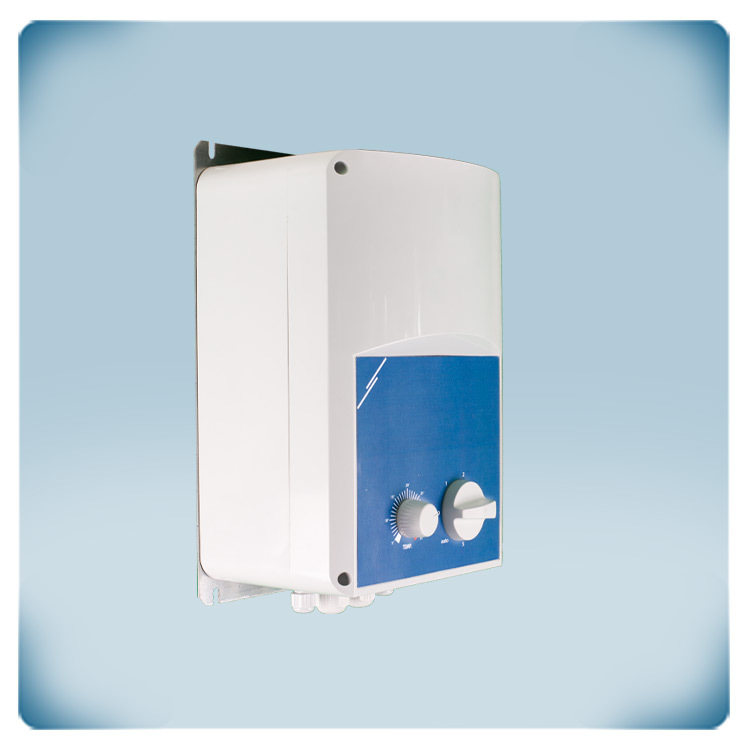
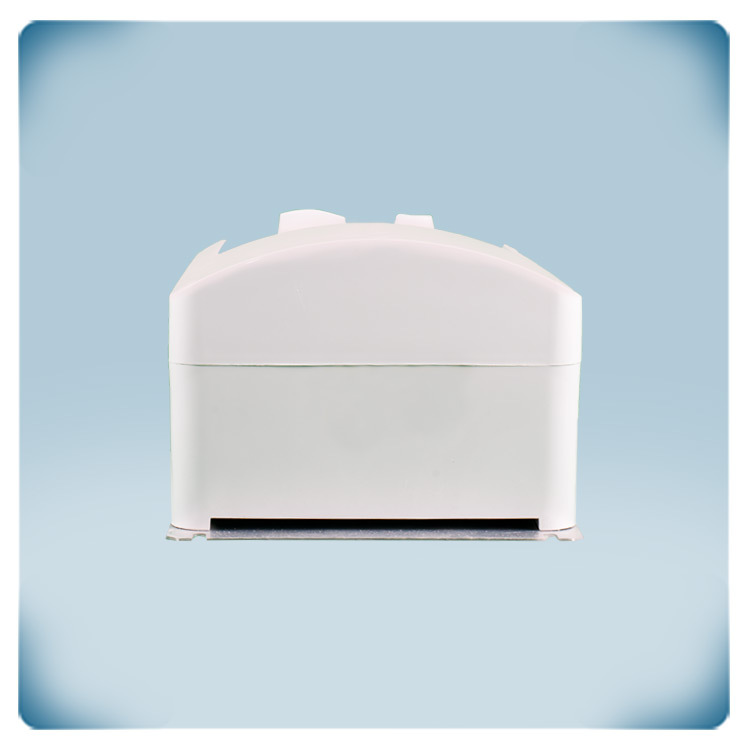
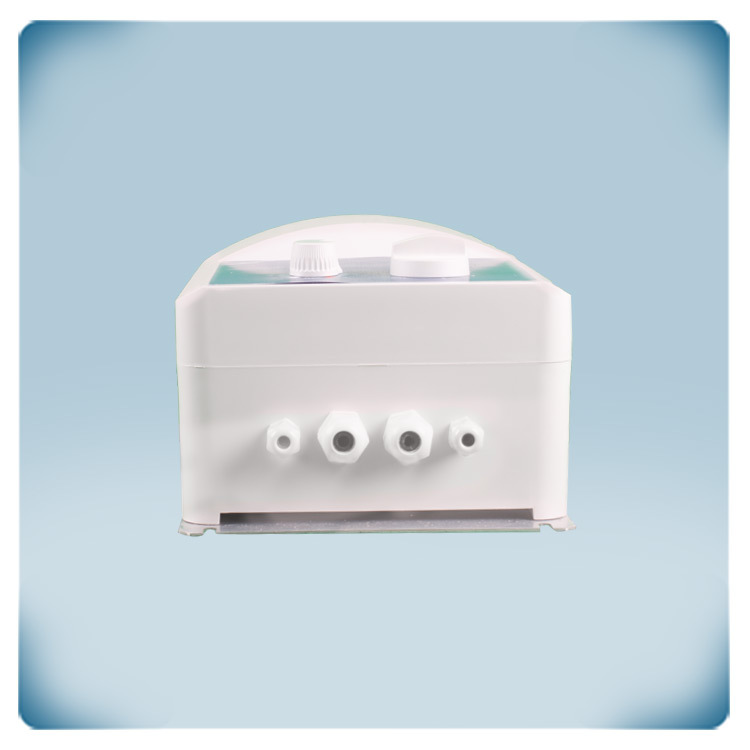
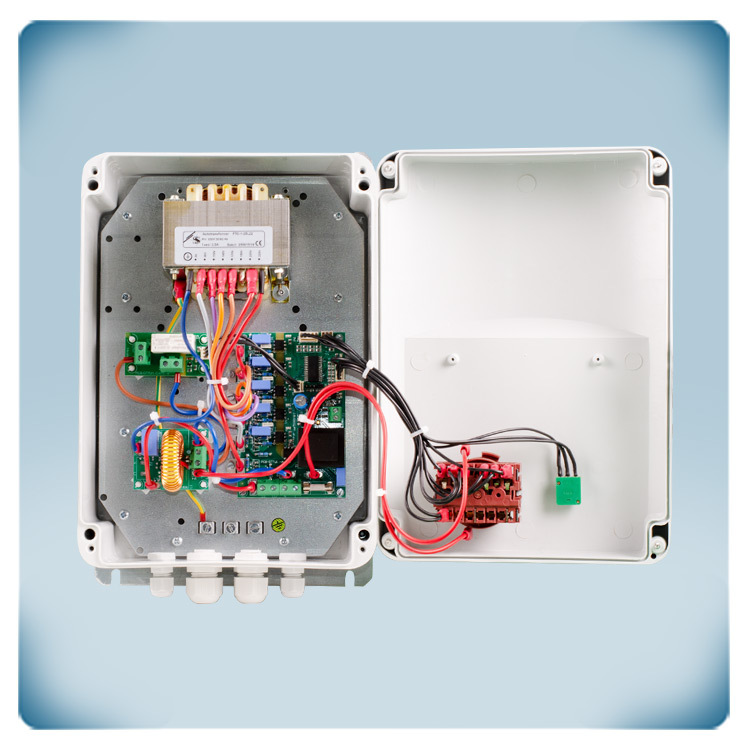
.webp)
.webp)
.webp)
.webp)
.webp)
.webp)

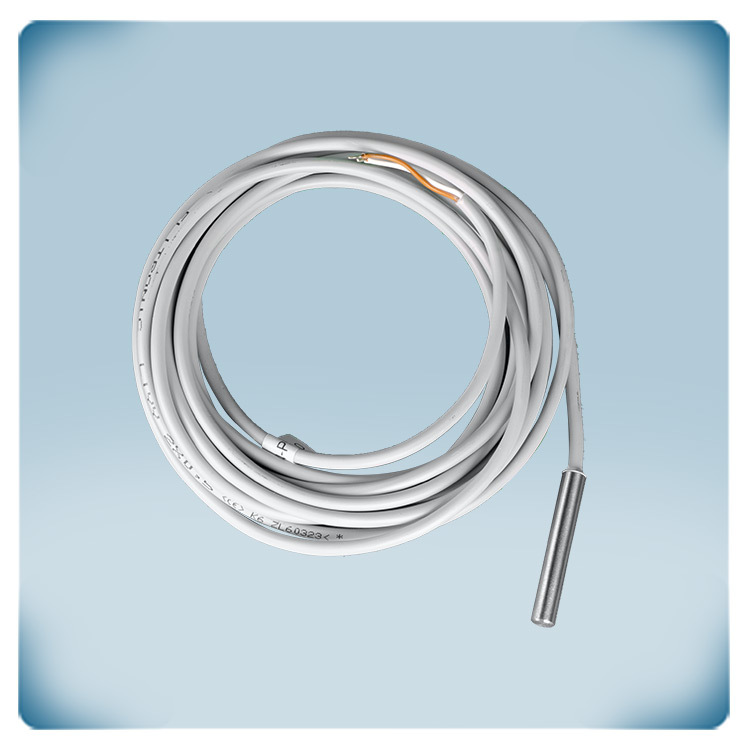
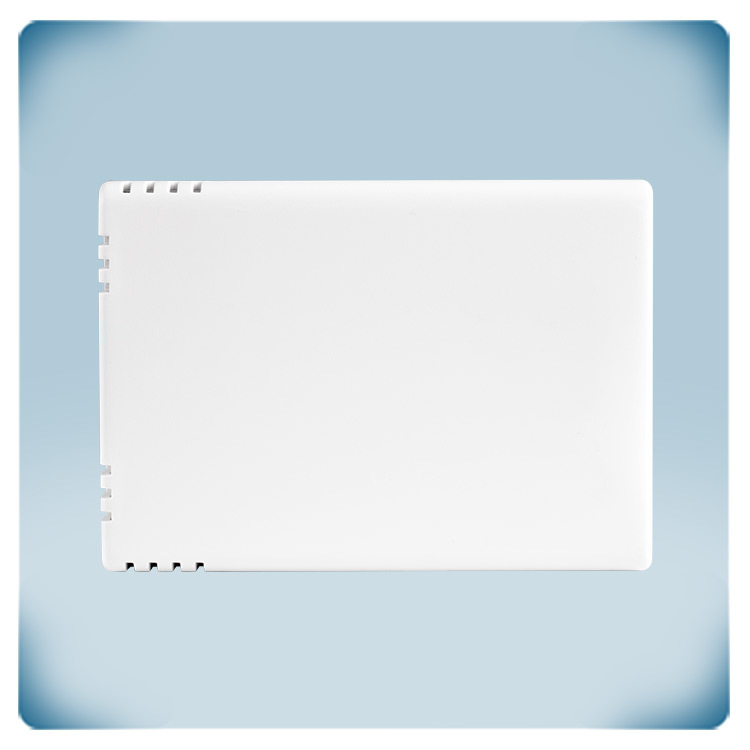
Remarks, reviews & ratings